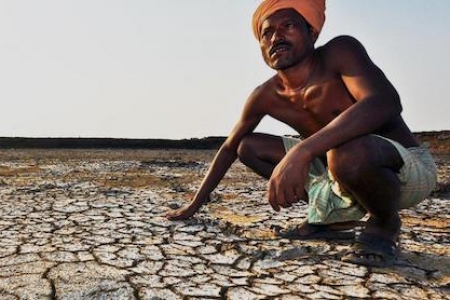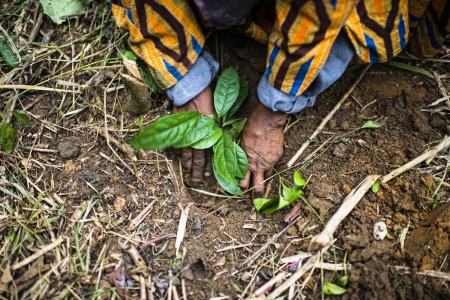This activity addresses sustaining and restoring productive landscapes through conserving biodiversity with agroforestry systems in El Salvador. Extensive land degradation and consequent food insecurity and poverty remain major problems in Central America, particularly in sub-humid rural areas and for those farmers who depend on subsistence maize-bean based systems. In El Salvador, intensive, unsustainable use of agricultural lands and lack of appropriate technologies for soil conservation, particularly in areas less suitable for agricultural production (e.g., steep slopes), affect the provision of ecosystem services including deforestation and loss of biodiversity, water recharge, soil erosion and nutrient depletion, that ultimately lead to reduced productivity. The sustainability of production and livelihoods in these landscapes will highly depend on ecosystem services in the long term. It is anticipated that this activity will result in the co-design of diverse systems based on agroforestry (AFS) that sustain important biological diversity such as fuel and fruit trees, medicinal plants, pollinators and useful below ground organisms, and associated ecosystem services to improve productivity, profitability and resilience at plot scale and provisioning of ecosystem services; develop better strategies, capacity and tools to facilitate scaling-out/up of AFS in similar areas in the tropics. In this activity W1&2 funds will strengthen attention to soil knowledge as a key missing factor in understanding land degradation and decision making. Specifically in 2015, this activity will: 1) Improve capacity of farmers and local organizations to design AFS for supporting sustainability of crop production and restoration of biodiversity and other ecosystem services at plot and landscape scales (2015-2016) 2) Identify best bet practices of diverse AFS with partners in the field to conserve biodiversity and improve food production and other ecosystem services (2015-2016) 3) Provide knowledge on soils and land use to local organization and government for a better understanding of soil properties, land degradation and potential C sequestration (2015-2016). 4) Improve local capacity to rescue, generate and modelling soil information within local organizations and governments to support decision making (2015-2016).
menu










